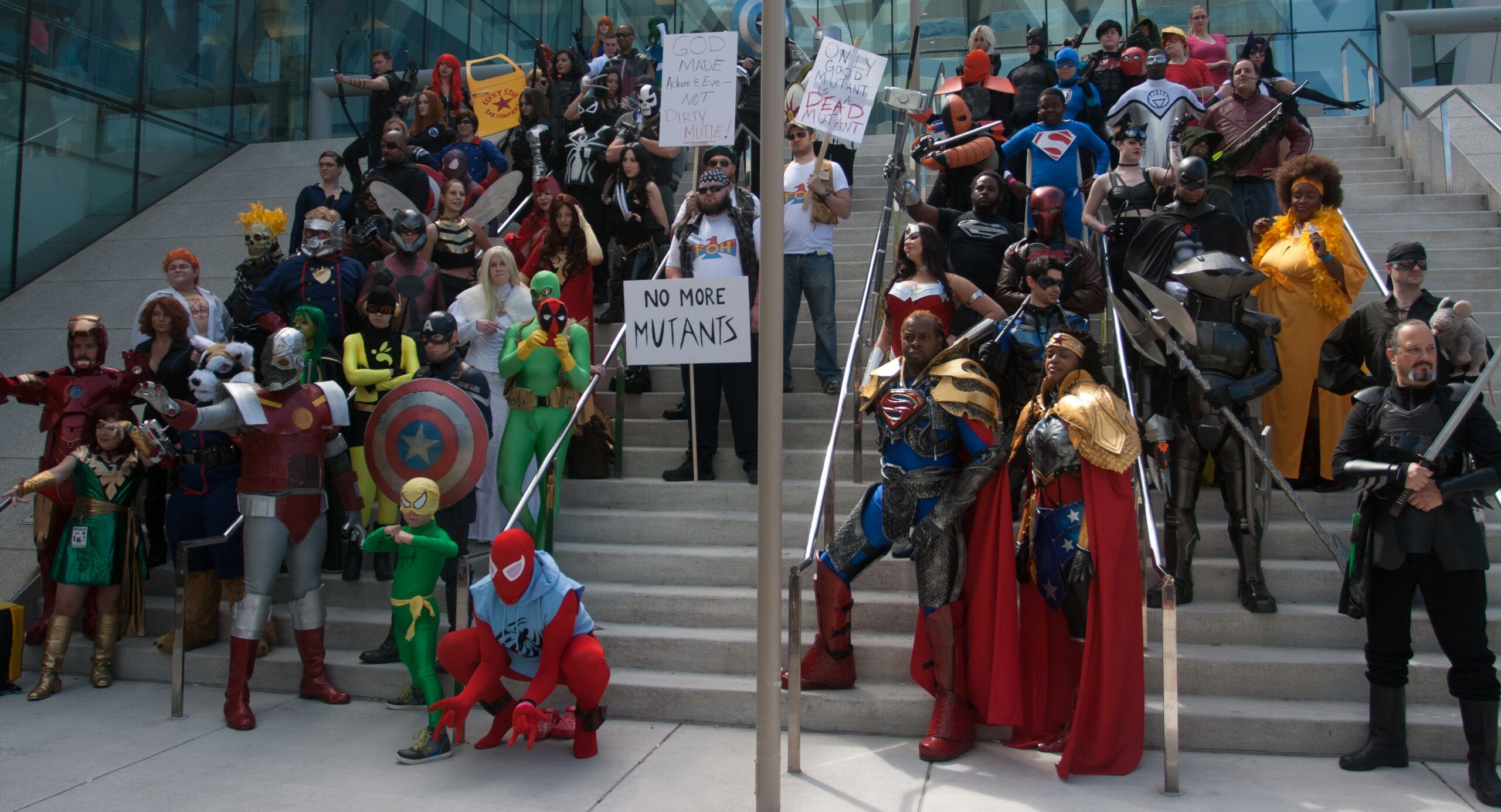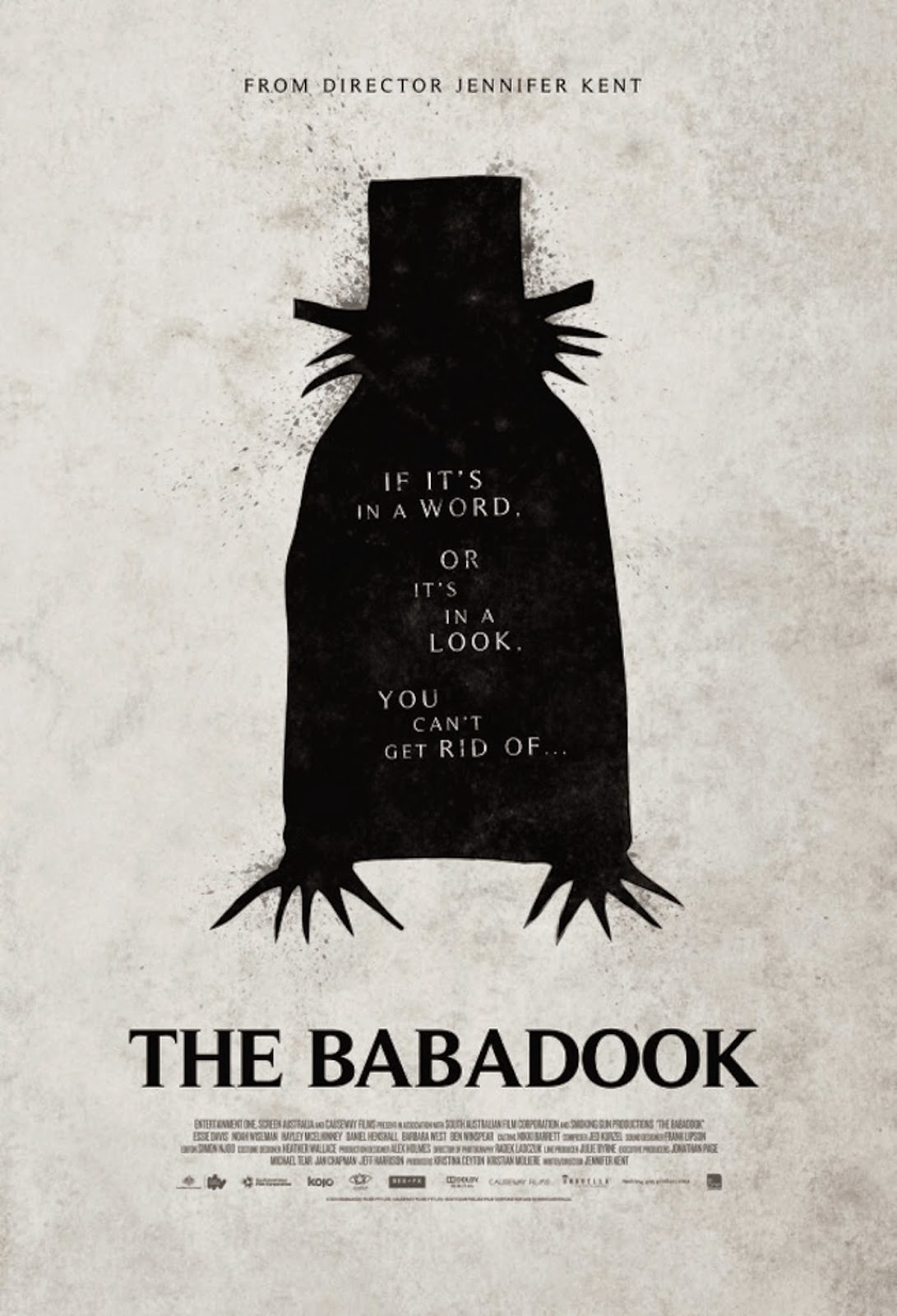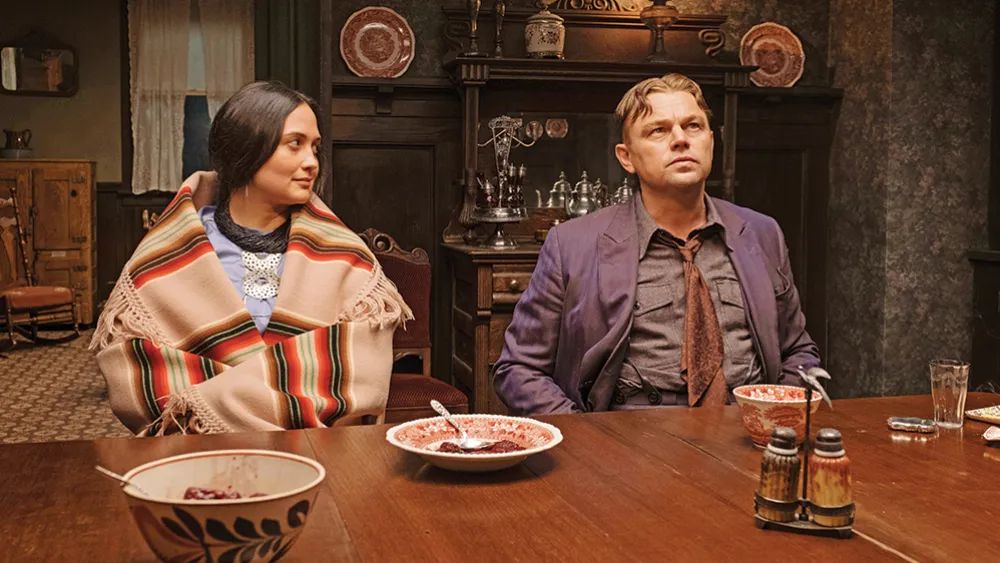
When we talk about the titans of cinema, it’s easy to get caught up in the glitz and glamour of the red carpet, or the sheer spectacle of the films themselves. But behind every unforgettable movie, there’s a visionary director, someone who meticulously crafts every frame, guides every performance, and weaves together a narrative tapestry that captivates us. These aren’t just filmmakers; they’re innovators, boundary-pushers, and true artists who challenge our perceptions and expand the very language of storytelling.
What truly makes a director great often goes beyond just a string of box office hits. It’s about leaving an indelible mark on the art form itself, driving every member of the cast and crew to achieve their absolute best, and creating a distinctive style that is instantly recognizable across their entire body of work. The best directors turn in fully realized masterpieces and create their own distinctive styles across their catalogs, ensuring their influence reverberates for generations.
From the early days of silent cinema to the cutting edge of modern moviemaking, these masters have come from all corners of the globe, spanning diverse genres from comedy to drama, westerns to musicals, and even animation. While history hasn’t always afforded equal opportunities to everyone, particularly women and people of color, the directors we celebrate today have broken through countless barriers to tell their unique stories. Let’s embark on a thrilling journey through the careers of 14 such veteran directors whose singular visions have not only defined their own work but have profoundly shaped the very fabric of film history.
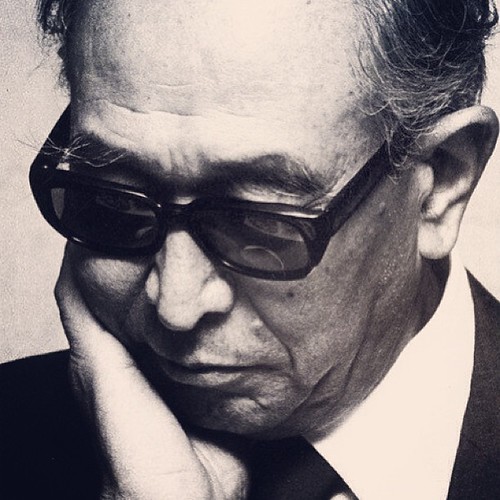
1. **Akira Kurosawa: The Grand Architect of Japanese Cinema**Akira Kurosawa began his remarkable journey in the world of film at just 25 years old, joining Photo Chemical Laboratories, which would later become Japan’s renowned Toho Studios, in 1936. His directorial debut arrived with Sanshiro Sugata in 1943, marking the beginning of a prolific career that saw him craft thirty films. His final masterpiece, Madadayo, graced screens in 1993, capping nearly six decades of unparalleled dedication to cinema.
Beyond his prowess as a director, Kurosawa was also an accomplished screenwriter, with his talents extending to books, television, and theater. He played a pivotal role in popularizing Japanese films in the West, opening doors for broader appreciation of international cinema. His films were not just stories; they were cultural bridges, inviting global audiences into new worlds and perspectives.
His unique style and profound narratives garnered him immense respect among his peers. He was a favorite of many filmmakers, including the legendary Satyajit Ray, Steven Spielberg, and Federico Fellini, all of whom recognized his genius. Ingmar Bergman, another titan of cinema, famously acknowledged Kurosawa’s influence, even calling his own film The Virgin Spring a “touristic… lousy imitation of Kurosawa.” Perhaps one of his most widespread impacts came from George Lucas, who credited Kurosawa’s 1958 film The Hidden Fortress as the main inspiration for Star Wars, illustrating just how far his reach extended.
2. **Billy Wilder: The Master of Wit and Versatility**Born in Austria, Billy Wilder embarked on his film career as a scriptwriter in Germany, honing his craft before the tumultuous events of the 1930s forced him to leave his home. Having lost many family members to the Nazis, Wilder emigrated, finding a new beginning in Hollywood where he quickly established himself as one of the great directors by the 1940s. His personal history imbued his work with a certain depth and resilience.
Wilder’s genius lay in his incredible versatility, seamlessly traversing decades and genres, from the sharp dialogue of comedy to the dark shadows of film noir. His filmography reads like a list of enduring classics: Double Indemnity (1944), Sunset Boulevard (1950), Stalag 17 (1953), Sabrina (1954), Witness for the Prosecution (1957), Some Like It Hot (1959), and The Apartment (1960) are just a few examples of his indelible contributions. He continued directing through the 1980s, concluding his remarkable career with Buddy Buddy in 1981.
His exceptional talent was widely recognized, earning him an astounding 21 Oscar nominations and six wins, including two for Best Director. Interestingly, Wilder had hoped to make his final film an adaptation of Thomas Keneally’s Schindler’s Ark as a memorial to his mother and grandmother. However, he later praised Steven Spielberg’s adaptation of Schindler’s List, showing his gracious appreciation for powerful storytelling, regardless of who was at the helm.
Read more about: Unveiling the Masters: A Definitive Look at 14 of the Greatest Screenwriters in Cinema History
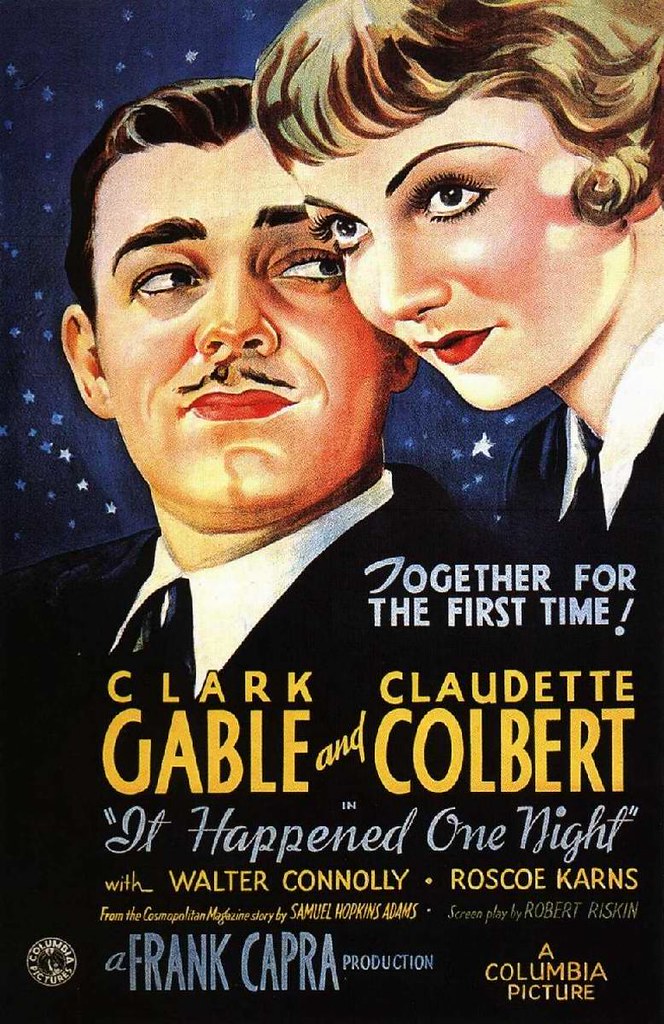
3. **Frank Capra: The Quintessential American Idealist**Director John Cassavetes once famously remarked, “Maybe there really wasn’t an America, it was only Frank Capra.” This profound statement perfectly encapsulates the spirit of Frank Capra’s cinema, which captured the idealism and heartwarming vision of what America could be. An immigrant from Sicily who arrived in America at age five, Capra began his career in silent comedies before moving on to craft some of the most beloved films of the 1930s and 1940s.
His films often centered on the triumphs of the common person against overwhelming odds, imbued with a sense of hope and community. Hits like It Happened One Night (1934), Mr. Deeds Goes to Town (1936), You Can’t Take It with You (1938), Mr. Smith Goes to Washington (1939), and the perennial holiday classic It’s a Wonderful Life (1946) are testament to his ability to evoke deep emotion and inspire. His final theatrical film, Pocket Full of Miracles, arrived in 1961, leaving behind a legacy of cinematic optimism.
Capra’s exceptional contributions to film were not just behind the camera; he was also a respected leader within the industry. Over his illustrious career, he won an impressive five Oscars and received lifetime achievement awards from both the American Film Institute and the Directors Guild of America. Beyond his directing, he served as President of the Academy of Motion Picture Arts and Sciences, worked actively with the Writers Guild of America, and headed the Directors Guild of America, demonstrating his unwavering commitment to the craft and the community.
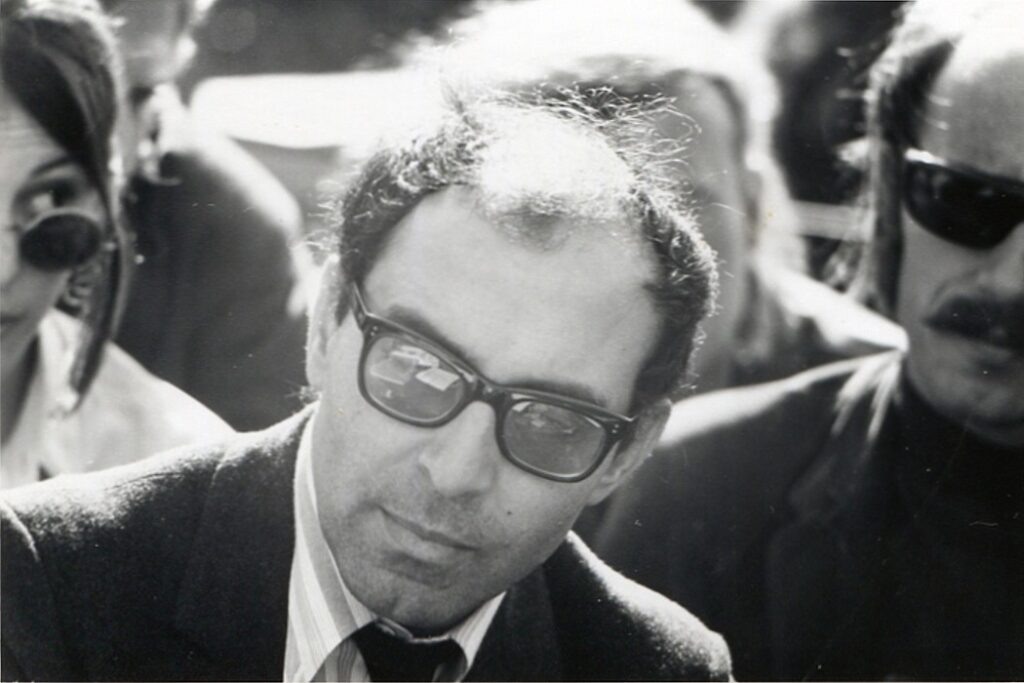
4. **Jean-Luc Godard: The Revolutionary of the French New Wave**Jean-Luc Godard stands as an undeniable pillar of the French New Wave, arguably its most influential figure. This Swiss-born director completely redefined cinematic storytelling, playfully experimenting with narrative structures, continuity, sound, and camerawork in his numerous works. His pioneering use of jump cuts and breaking the fourth wall challenged conventional filmmaking and forced audiences to engage with film in entirely new ways. He was also famous for his audacious approach to production, often giving his actors immense freedom to explore their performances and frequently commencing filming with unfinished scripts.
Godard’s filmography is a testament to his rebellious spirit and relentless innovation. His debut, À bout de souffle (Breathless) (1960), is widely considered the finest debut in film history, ushering in the French New Wave with its ultra-cool anti-hero, iconic jump-cuts, and a radical sense of having escaped the confines of the studio into the vibrant streets. His other groundbreaking films include Vivre sa vie (1962), Contempt (1963), Band of Outsiders (1964), Alphaville (1965), and Weekend (1967). He continued to push boundaries until just before his death, with works like Goodbye to Language (2014).
His impact on filmmaking is immeasurable. Celebrated film critic Roger Ebert famously stated, “Godard is a director of the very first rank; no other director in the 1960s has had more influence on the development of the feature-length film.” The lessons from Godard’s revolutionary approach were fully absorbed by the New Hollywood movement of the 1970s, solidifying his status as a timeless icon whose work continues to resonate and inspire new generations of filmmakers.
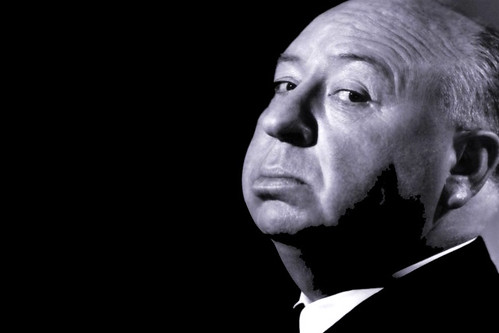
5. **Alfred Hitchcock: The Master of Suspense and Cinematic Psychology**Known universally as the “Master of Suspense,” Alfred Hitchcock helmed over 50 films during his decades-long career, irrevocably shaping and defining the thriller, suspense, and horror genres. While his legacy is undeniably complex, marred by infamous accounts of cruelty towards his female leads, his artistic contributions to cinema remain monumental. He began his career in Britain during the silent film era, and unfortunately, some of his early works from this period are now lost. However, his 1929 film Blackmail holds a significant place in history as the first British “talkie.”
After making the pivotal move to Hollywood in the late 1930s, Hitchcock’s career soared. Rebecca (1940) earned him his first of five Academy Award nominations for Best Director, setting the stage for a string of masterpieces. He went on to create indelible classics such as Suspicion (1941), Dial M for Murder (1954), Rear Window (1954), To Catch a Thief (1955), Vertigo (1958), North by Northwest (1959), Psycho (1960), and The Birds (1963). Each of these films became a benchmark for psychological tension and narrative ingenuity.
So profound was his influence that his works led to the coining of the term “Hitchcockian.” This descriptor is often used to characterize films featuring intricate plot twists, restricted action that heightens tension, symbolistic darkness, the clever use of MacGuffins, and a pervasive sense of voyeurism, particularly through innovative camera movements that mimic a person’s gaze. His meticulous planning and unique visual language ensured that every element on screen contributed to a chilling, unforgettable experience.
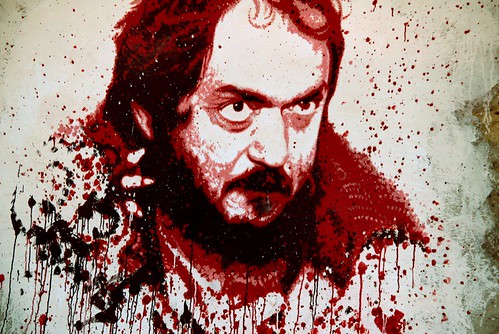
6. **Stanley Kubrick: The Visionary Who Unblinkingly Showed Man’s Insanity**Stanley Kubrick’s legacy in cinema is, quite simply, undeniable. He directed 13 theatrical films, and remarkably, every single one is considered a classic in its own right, a testament to his unparalleled artistic vision and exacting standards. Though he was known for being difficult to work with, his meticulous approach consistently yielded cinematic masterpieces. From the Cold War satire of Dr. Strangelove (1964) to the dystopian future of A Clockwork Orange (1971), the psychological warfare of Full Metal Jacket (1987), and the posthumously released Eyes Wide Shut (1999), Kubrick’s work spanned an incredible range.
Over his illustrious career, Kubrick garnered 13 Academy Award nominations, though he notably won only one, for best special effects in the groundbreaking 2001: A Space Odyssey (1968). Interestingly, he was even nominated for a Golden Raspberry Award for Worst Director for The Shining (1980), illustrating how his unconventional genius was sometimes misunderstood by contemporaries. However, time has overwhelmingly validated his artistic choices.
His directing style, particularly his revolutionary camerawork and distinctive framing, has profoundly influenced countless directors, making his films some of the most important of the twentieth century. Many consider him the greatest film director in the English language, largely due to his exceptional ability to adapt literature, famously stating he couldn’t write an original screenplay because it would deny him the surprise of a great ending. It was in his self-imposed exile in Britain that he created his greatest works, including the powerful “Insanity Trilogy”—Dr. Strangelove, 2001, and A Clockwork Orange—in which he unflinchingly showed “man’s insanity to man.”
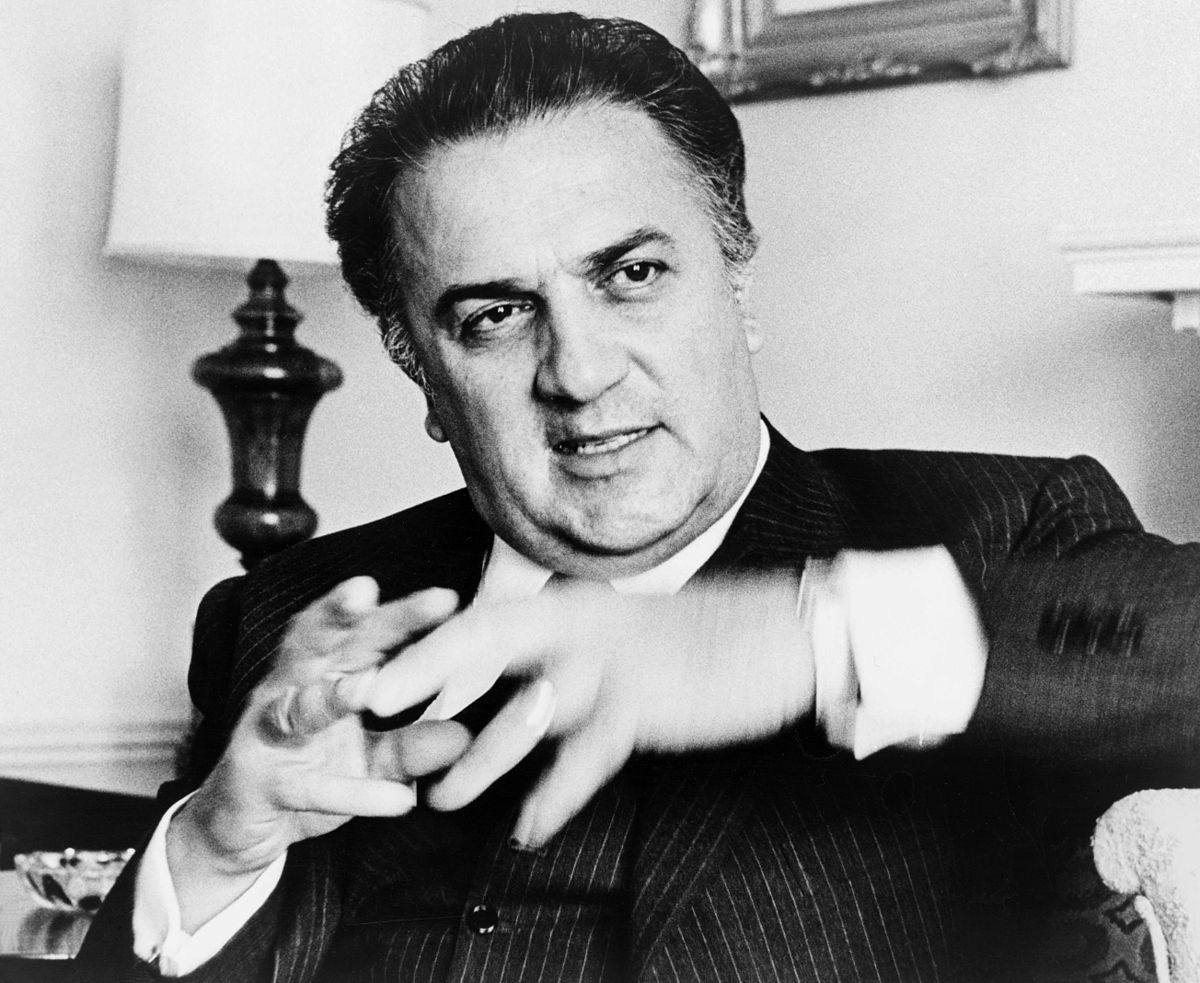
7. **Federico Fellini: The Maestro of the Magical and Mundane**Federico Fellini, the iconic Italian director, is celebrated for a body of work that beautifully melds the magical with the mundane, the realistic with the surrealistic. His best-known films, such as Nights of Cabiria (1957), La Dolce Vita (1960), 8½ (1963), Roma (1972), Amarcord (1973), and Fellini’s Casanova (1976), are vibrant tapestries of human experience. Over his nearly 50-year career, he was nominated for an astonishing 17 Oscars, winning a record four in the Best Foreign Language Film category, a testament to his international acclaim and unique artistic voice.
Fellini’s journey into cinema began after dropping out of law school in Rome and finding his way into radio. It was through his connection with Roberto Rossellini that he became involved with the influential neorealist Italian film movement, initially co-directing his first feature, Variety Lights (1951), with Alberto Lattuada. However, he truly distinguished himself and became more remembered for his groundbreaking post-neorealist art films, which boldly diverged from the strict realism of his early influences.
This distinct period in his career was so impactful that it led to the creation of the words “Fellinian” and “Felliniesque.” These terms are now widely used to describe films and art (and even real-life incidents) that possess a fanciful, extravagant, and dreamlike quality, often combining elements of the circus, spectacle, and deep psychological insight. His “imperial phase” stretched from films like I Vitelloni (The Layabouts) (1953) and La Strada (The Road) (1954) through to La Dolce Vita and his masterpiece Otto e mezzo (8 ½). Sixty years on, 8 ½ remains probably the greatest film ever made about film-making itself, a meta-cinematic triumph that perfectly encapsulates the “Fellini-esque” worldview.
Now, let’s turn our gaze to seven more cinematic trailblazers whose unique perspectives, narrative flair, and sheer artistic muscle have left an unerasable imprint on the world of film. These are directors who didn’t just tell stories; they built entire universes with their distinctive visions, showing us new ways to see, feel, and think. Get ready to dive deep into the minds of masters who have shaped cinema as we know it!
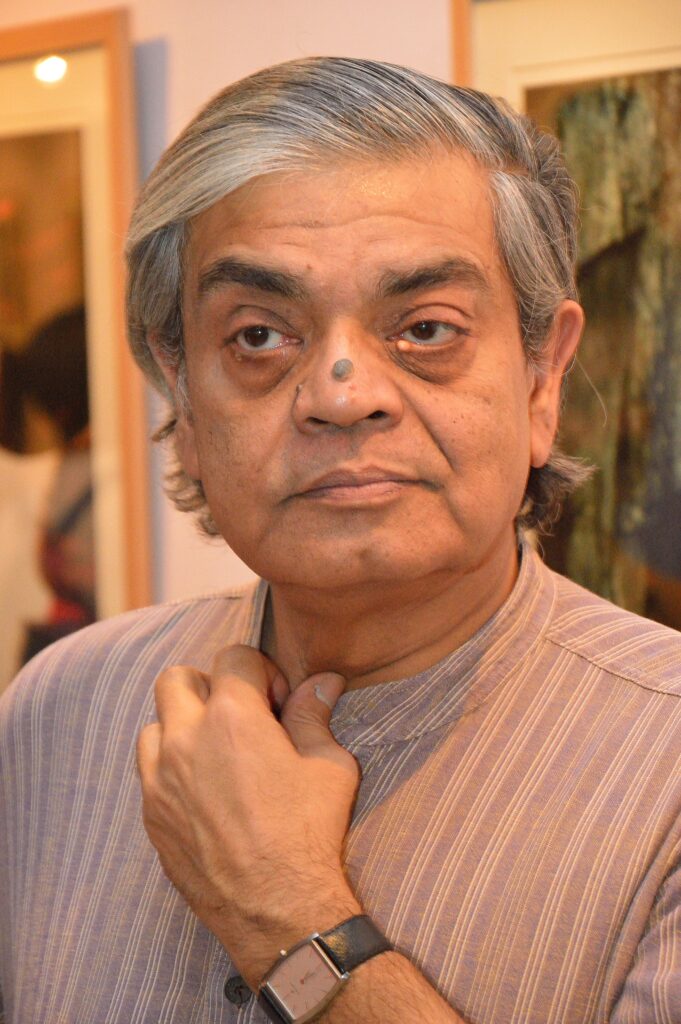
8. **Satyajit Ray: The Humanist Visionary of Indian Cinema**Satyajit Ray, an Indian filmmaker whose influence resonates globally, carved out a unique space in cinema with his meticulous editing, classical Indian music, and a remarkable ability to cast actors from diverse backgrounds. His work, while inspired by the Italian neorealist movement, blossomed into a style entirely his own, capturing the nuanced realities of human experience. He wasn’t just making movies; he was crafting living, breathing portraits of life in India.
Ray is most known for his seminal `The Apu Trilogy (1955–1959)`, a series that profoundly explored coming-of-age and the human spirit amidst societal changes. Beyond Apu, his filmography boasts other masterpieces like `The Music Room (1958)`, `The Big City (1963)`, and `Charulata (1964)`. His ability to tell deeply personal stories with universal appeal made him a true global sensation.
The impact of Satyajit Ray’s films is immeasurable, earning him high praise from his peers. Legendary director Akira Kurosawa famously declared of Ray’s films, “Not to have seen the cinema of Ray means existing in the world without seeing the sun or the moon.” Even modern titans like Francis Ford Coppola and Christopher Nolan have openly cited Ray as a significant influence on their own work, proving his enduring legacy.

9. **Wong Kar-wai: The Poet of Fragmented Love and Urban Melancholy**Wong Kar-wai, the Hong Kong-based filmmaker, began his career in television before making his unforgettable directorial debut with `As Tears Go By` in 1988. From that point on, he embarked on a journey that would redefine cinematic romance and urban aesthetics, quickly becoming a unique voice in world cinema. His films often feel like vivid dreams, imbued with a longing and beauty that is truly captivating.
He is perhaps best known for a string of iconic films that became instant classics, including `Chungking Express (1994)`, `Happy Together (1997)`, and the breathtaking `In the Mood for Love (2000)`. These films are not just stories; they are experiences, characterized by their distinct visual language and emotional depth, leaving audiences spellbound and often a little heartbroken in the best possible way.
Wong’s directorial signature is unmistakable: he masterfully employs broken narrative structures, saturates his frames with bold colors, integrates pop music in a way that feels utterly fresh, and utilizes step-printing. These techniques combine to create a deeply immersive and intensely personal cinematic world that is instantly recognizable as “Wong Kar-wai.” His influence stretches far and wide, touching an impressive array of contemporary directors.

10. **Chantal Akerman: The Avant-Garde Feminist Who Redefined Screen Time**Chantal Akerman, the Belgian feminist avant-garde filmmaker, stands as a towering figure whose work challenged conventional cinematic norms and deeply influenced her peers. Often hailed as a “director’s director,” her contributions to cinema, especially her experimental approach to narrative and duration, have secured her a place in film history that cannot be overstated. She dared to make films that truly moved at their own pace, inviting viewers into a different kind of immersive experience.
Akerman is best known for her groundbreaking films such as `Jeanne Dielman, 23 quai du Commerce, 1080 Bruxelles (1975)`, a film that famously chronicles the meticulous, repetitive daily life of a widow. Other influential works include `News from Home (1976)` and `Je Tu Il Elle (1974)`. These films exemplify her minimalist style and profound exploration of themes like domesticity, time, and female experience, pushing the boundaries of what film could be.
Her monumental impact was formally recognized in 2022 when she achieved a historic milestone: becoming the first female filmmaker to top Sight & Sound’s prestigious list of Greatest Films of All Time with `Jeanne Dielman`. This recognition not only cemented her place among the cinematic pantheon but also underscored the enduring power and relevance of her radical approach to filmmaking.
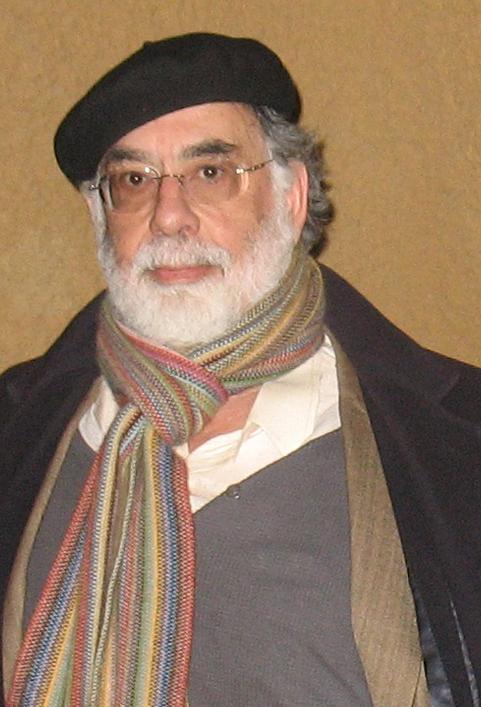
11. **Francis Ford Coppola: The Maverick Architect of New Hollywood**Francis Ford Coppola is unequivocally one of the world’s most awarded filmmakers, a true titan whose vision helped define the “New Hollywood” era. His impressive collection of accolades—five Academy Awards, six Golden Globes, two Palmes d’Or, and a British Academy Film Award—speak volumes about his consistent excellence and profound impact on cinematic artistry. When you talk about the greats, his name is always front and center.
Coppola is universally celebrated for iconic works like `The Godfather Trilogy (1972-1990)`, which redefined the gangster genre and showcased an unparalleled depth of character and storytelling. His epic war film `Apocalypse Now (1979)` pushed the boundaries of cinematic scale and psychological intensity, while `The Outsiders (1983)` captured the raw emotions of youth. Each of these films is a masterclass in direction, revealing his unique ability to craft narratives that resonate deeply with audiences.
Beyond his celebrated film career, Coppola has also ventured into various commercial enterprises, notably owning a winery. While he took a hiatus from directing after his 2011 film `Twist`, the cinematic world eagerly anticipates his return. He is currently immersed in the production of `Megalopolis`, a highly anticipated film slated for release in late 2024, proving that his passion for filmmaking burns as brightly as ever.
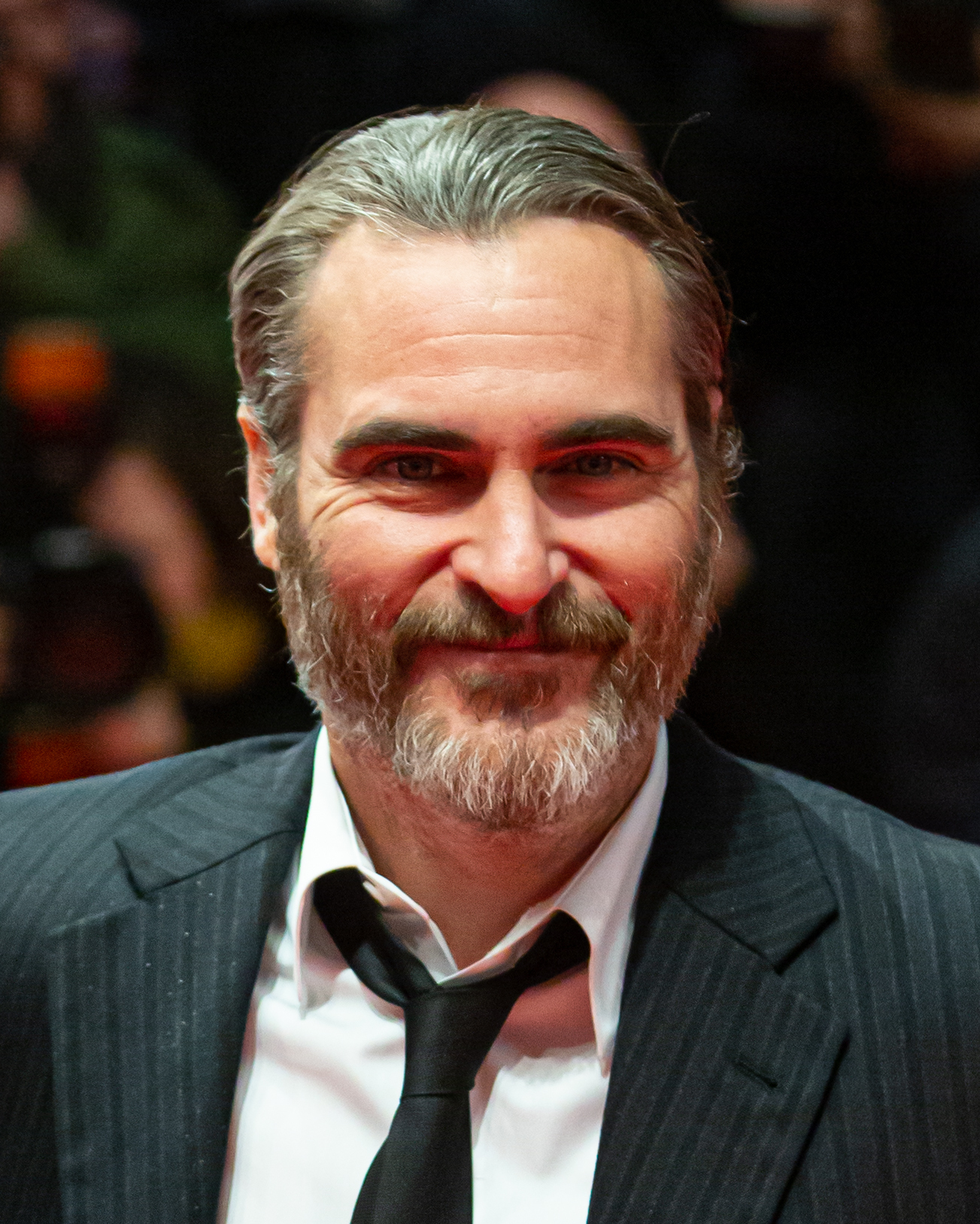
12. **Orson Welles: The Visionary Who Revolutionized Visual Storytelling**Orson Welles was much more than just a film director; his colossal talent spanned theater, radio, magic, and acting throughout his remarkable over fifty-year career. While his most celebrated film, and arguably one of the greatest directorial debuts in history, is `Citizen Kane (1941)`, his filmography extends far beyond this singular masterpiece. He was a force of nature, constantly pushing the boundaries of whatever medium he touched.
Beyond Kane, Welles directed other significant films such as `The Magnificent Ambersons (1942)`, `The Stranger (1946)`, `The Lady from Shanghai (1947)`, `Macbeth (1948)`, `Othello (1951)`, and `Chimes at Midnight (1966)`. These works further demonstrated his unique artistic sensibilities and his relentless pursuit of innovative storytelling techniques.
Welles primarily makes this list due to his groundbreaking innovations in camera technique, a domain where he truly was a pioneer. Many of his films shattered technical limits for their era, developing entirely new methods for visual storytelling. He notably pioneered “deep focus,” a revolutionary technique where the foreground, middle ground, and background are all kept in sharp focus simultaneously.
His commitment to visual innovation also extended to his masterful use of long shots. The opening shot of `Touch of Evil (1958)` is legendary, clocking in at over six minutes, creating an unbroken, immersive experience for the viewer. Welles’ work fundamentally changed how filmmakers approached the camera, proving that technical virtuosity could serve profound artistic expression.
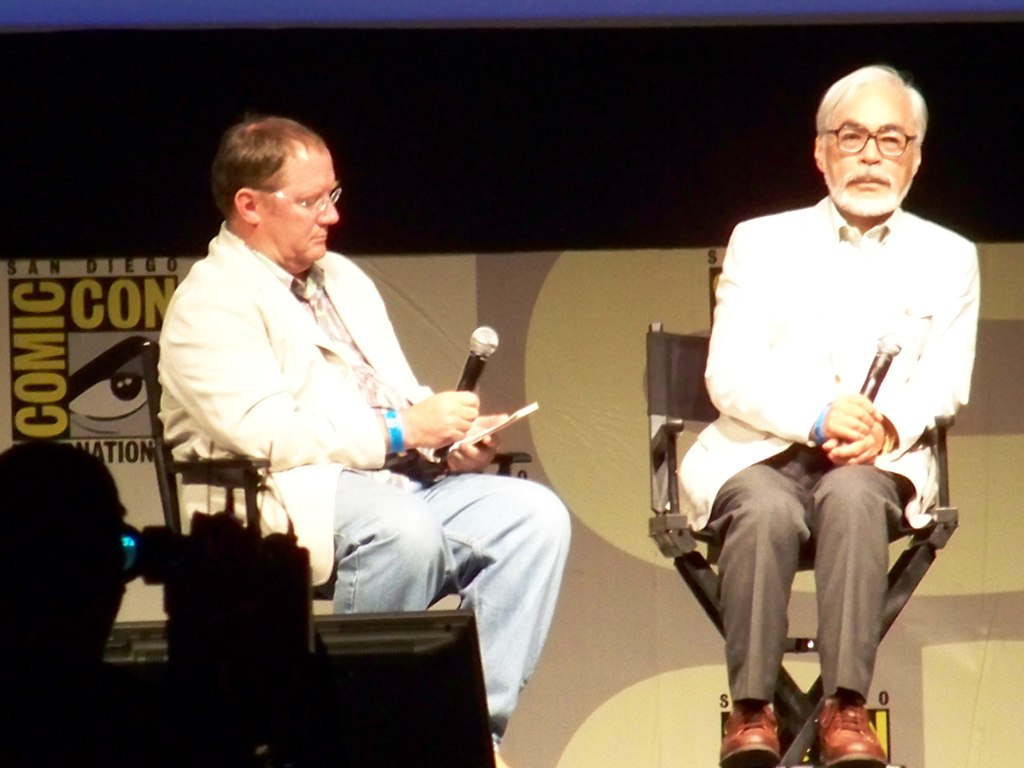
13. **Hayao Miyazaki: The Dream Weaver of Animated Worlds**Few directors in the realm of animation have achieved the profound influence and global recognition of Hayao Miyazaki. As a director, animator, manga artist, and co-founder of the legendary Studio Ghibli, he single-handedly proved that animated films are far more than just children’s entertainment. His creations are intricate, emotionally resonant works of art that appeal to all ages, transporting audiences to breathtaking new worlds.
Miyazaki first rose to prominence in Japan with beloved films such as `My Neighbor Totoro (1988)`, `Kiki’s Delivery Service (1989)`, and `Princess Mononoke (1997)`. His genius truly captivated the Western world after the release of the anime classic `Spirited Away` in 2001, which became a cultural phenomenon and introduced his unique vision to millions more.
His unparalleled storytelling prowess has been recognized with two Academy Awards for Best Animated Feature, first for `Spirited Away` and more recently for `The Boy and the Heron (2023)`. Remarkably, these are the only two non-English-language films ever to win in this highly competitive category, highlighting the universal appeal and artistic brilliance of his work. His films consistently explore profound themes like feminism, environmentalism, and the complexities of family relationships.

14. **Howard Hawks: The Unsung Master of Genre Versatility**Film critic Leonard Maltin once aptly called Howard Hawks “the greatest American director who is not a household name,” a testament to his immense talent yet often overlooked public recognition. Hawks’ relative lack of widespread fame perhaps stems from his unique approach: he was a chameleon, effortlessly executing impeccably made films across an astonishing array of genres with exacting cleanliness and precision. He didn’t have one single “style” in the conventional sense; his style was pure, unadulterated craftsmanship.
Hawks began his illustrious career in silent films, making a seamless and successful transition to “talkies” with the now-lost 1928 film `The Air Circus`. From there, he embarked on a remarkable journey that saw him direct a string of enduring classics. His filmography includes the screwball comedy masterpiece `Bringing Up Baby (1938)`, the rapid-fire dialogue of `His Girl Friday (1940)`, the intricate noir of `The Big Sleep (1946)`, and the iconic western `Rio Bravo (1959)`.
Despite never winning a competitive Academy Award, the Academy of Motion Picture Arts and Sciences fittingly recognized his extraordinary contributions with a special award in 1975. The citation beautifully summarized his impact, stating, “To a giant of the American cinema whose pictures, taken as a whole, represent one of the most consistent, vivid and varied bodies of work in world cinema.” This acknowledgement perfectly encapsulates his unparalleled ability to deliver excellence across diverse cinematic landscapes.
These fourteen directors, each with their unique creative fingerprint, represent the pinnacle of cinematic artistry. From the sweeping epics of Kurosawa to the intimate psychological dramas of Akerman, their work collectively forms a breathtaking mosaic of human experience and innovative storytelling. They pushed the boundaries of what film could be, inviting us into worlds both familiar and fantastical, and reminding us that at the heart of every great movie is a singular vision, brought to life with passion, precision, and an unwavering commitment to the art form. Their legacies continue to inspire and challenge, ensuring that the magic of cinema will endure for generations to come.

